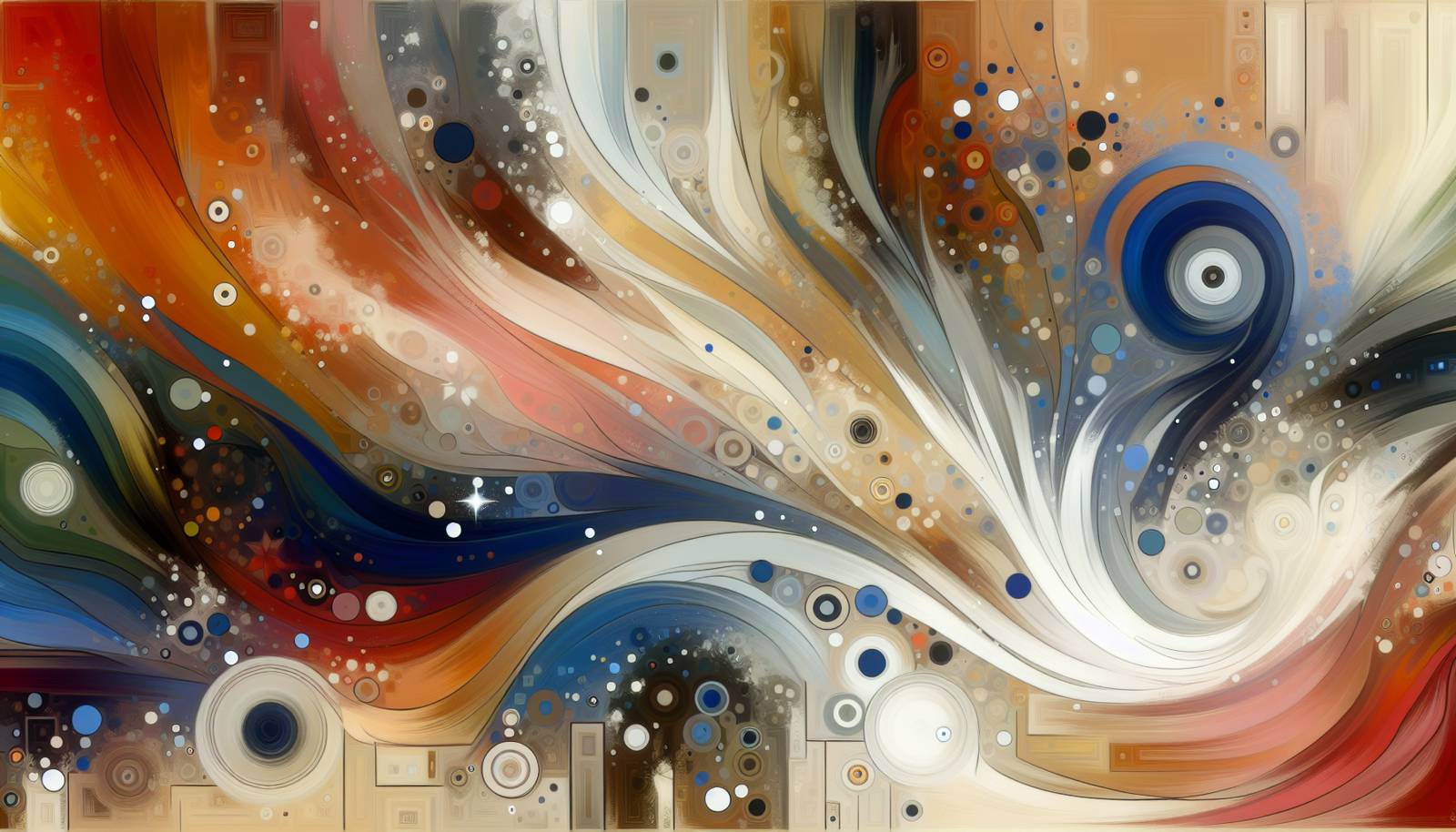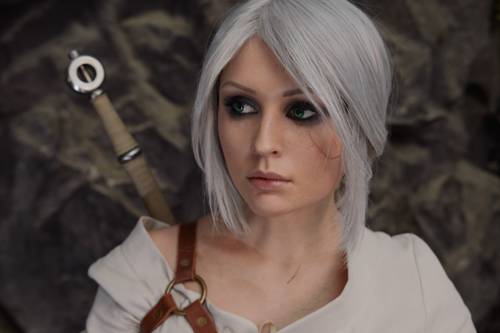
FAQ About The Cultural Impact of Cosplay in Modern Fandoms

What is cosplay and how did it originate?
Cosplay is a portmanteau of the words 'costume' and 'play,' and refers to the practice of dressing up as a character from a movie, book, video game, or other media. The term was coined in 1984 by Nobuyuki Takahashi after visiting a World Science Fiction Convention. Although cosplay has roots in early science fiction conventions, it particularly gained popularity in Japan and has since spread globally.

How does cosplay impact personal identity exploration?
Cosplay allows individuals to explore aspects of their identity by embodying characters with whom they resonate. It encourages creativity and can lead to increased self-awareness and confidence by experimenting with different personas. Many cosplayers report that portraying diverse characters helps them understand themselves better and provides a safe space to express gender identity, sexuality, or other personal traits.

In what ways has cosplay influenced popular culture?
Cosplay has significantly influenced popular culture by enhancing fan engagement and community-building. It has turned media consumption into a participatory activity where fans actively contribute to the fandom culture. The increasing presence of cosplayers at conventions, in online platforms, and even in media showcases the substantial intersection between fan expression and pop culture.

What role do conventions play in the cosplay community?
Conventions serve as pivotal gathering points for the cosplay community, providing spaces where enthusiasts can showcase their costumes, participate in contests, and engage with fellow fans. They offer opportunities for networking, learning through workshops, and accessing exclusive content. For many cosplayers, conventions are a major driving force behind the motivation to create and perfect costumes.

How has social media influenced the growth of cosplay?
Social media platforms have played a crucial role in the growth of cosplay by providing spaces for sharing creations, gaining inspiration, and connecting with global communities. Platforms like Instagram, TikTok, and Twitter allow cosplayers to showcase their work to a broad audience, receive feedback, and become influencers themselves. Social media has democratized cosplay, making it accessible to a larger population and fostering a diverse online community.

Why is cosplay important in fandom communities?
Cosplay is important in fandom communities because it enables fans to express their passion in a creative, visual way, strengthening their connection to the source material and other fans. It cultivates a sense of belonging and mutual appreciation, often forming the core of community activities within fandoms. Cosplay also perpetuates fan traditions and can impact the cultural evolution of the fandom itself.

Can cosplay be considered a form of art?
Yes, cosplay can definitely be considered a form of art. The costumes often involve intricate design, skillful crafting, and artistic expression that requires a range of talents such as sewing, painting, and prop-making. Many view cosplay as performance art as well, where individuals not only create visual representations but also embody the persona of the characters they portray.

How do people choose which characters to cosplay?
People typically choose characters to cosplay based on personal affinity, visual appeal, and the challenge they offer. Fans often pick characters they strongly resonate with or admire, aiming to pay tribute to them through accurate, detailed costumes. Alternatively, some cosplayers enjoy the creative freedom of adapting or reimagining characters in new ways.

What challenges do cosplayers face?
Cosplayers face several challenges including the time and financial investment required to create elaborate costumes. There are also struggles with sourcing materials, improving skills, and dealing with potential criticism or misinterpretation of their work. Additionally, navigating the cosplay community's competitiveness and maintaining originality can be daunting.

Has cosplay contributed to diversity and inclusion in fandoms?
Cosplay has contributed to diversity and inclusion by encouraging representation of a wide range of characters across different races, genders, and body types. It promotes a community where fans of all backgrounds can participate equally, challenge stereotypes, and push for more diverse narratives in media. However, challenges remain regarding racism, sizeism, and gatekeeping, which continue to be addressed within the community.

What is the economic impact of cosplay?
Cosplay has a notable economic impact, driving sales in industries related to fabric, art supplies, conventions, and media. It generates substantial revenue, especially through conventions and merchandise. Additionally, many cosplayers monetize their craft through Patreon, tutorials, and sponsored content on social media, indicating the burgeoning cosplay economy.

How do media companies benefit from the cosplay phenomenon?
Media companies benefit from cosplay through increased brand loyalty and visibility. When fans engage in cosplay, they effectively market the media product by showcasing characters and stories to wider audiences. This fan-driven marketing boosts community engagement and can lead to higher merchandise sales and increased interest in new releases.

Are there guidelines or ethics within the cosplay community?
Yes, there are generally accepted guidelines and ethics within the cosplay community, focusing on respect, consent, and inclusivity. Common principles include respecting other cosplayers' personal boundaries, not appropriating identities or cultures, and crediting creators for their work. The community emphasizes positive interactions and encourages constructive feedback over criticism.

How has cosplay evolved over the years?
Cosplay has evolved from simple costume dressing to a sophisticated cultural phenomenon. Once limited to small fan gatherings, it now boasts major events worldwide with millions of participants showcasing high-quality, artistically rich designs. The evolution of technology, such as 3D printing and advanced textiles, has also enhanced cosplay creativity and execution.

What is the relationship between cosplay and gender expression?
Cosplay offers a platform for exploring and expressing gender fluidity and non-traditional roles. Many cosplayers experiment with gender-bending characters or play with androgynous or non-binary portrayals, challenging traditional gender norms. This aspect of cosplay supports a broader dialogue about gender identity and acceptance in both fandom communities and society at large.

How do cosplay contests enhance the community experience?
Cosplay contests enhance the community experience by celebrating creativity and technical skills, providing a competitive yet supportive environment. These contests encourage participants to push their boundaries and gain recognition for their hard work. They also offer opportunities for learning and sharing experiences, fostering camaraderie and community spirit among participants.

What are some common misconceptions about cosplay?
Common misconceptions about cosplay include the idea that it's solely a hobby for younger fans or that it's just 'dressing up.' In reality, cosplay spans all age groups and is a complex art form that involves creativity, dedication, and skill. Additionally, some misunderstand the commitment and community aspect integral to cosplay, which goes beyond mere costume creation.

How do cosplayers handle intellectual property issues?
Cosplayers generally navigate intellectual property issues by ensuring their work is transformative and not offered for sale without permission. While cosplay mostly operates in a legally grey area, it is typically seen as fan art, respecting the boundaries set by original creators. Some media companies have embraced cosplay, seeing it as positive fan engagement rather than infringement.

Why has cosplay become a global phenomenon?
Cosplay has become a global phenomenon due to the universal appeal of media characters and stories combined with the accessibility of global communication through the internet. Events like Comic-Con and digital platforms facilitate cross-cultural exchange, allowing diverse participants to share their passion. This widespread interaction fosters a robust international community celebrating creativity and fandom.

In what ways do cosplayers interact with the media they portray?
Cosplayers interact with the media they portray by not only recreating characters but also engaging critically with the source material. They may reinterpret storylines, merge different characters, or express commentary through their portrayal. This active engagement can influence how media is received and discussed within fan communities, demonstrating the active role cosplayers play in media interpretation.
